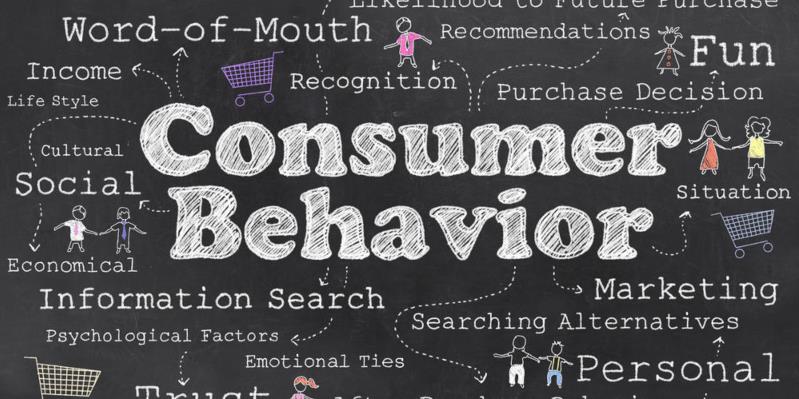How does Consumer Behavior Influence UX design?
Have you ever asked yourself the question as to why don’t the users of a certain app do not interact with the product the way the developers hoped for?
We have seen many flawless and unique apps failing to cater to the demands of their targeted audience. The reason is not that there is something wrong with the app or it isn’t needed, but instead the app does not fully align with the already perceived notions and usage habits of the end user.
To understand this we need to consider what makes a consumer perform certain call to action dedicated to the app in consideration. It is the aim of any UX designer to design experiences that stimulate the consumer for repeated interaction. Even the most usable interfaces and frameworks do not possess the ability to engage users on a daily basis.
As humans we change our behaviors and minds far too often in order to ascertain what we actually want. It is vital for designers to understand that the human mind is fickle and it’s the behavior of the audience which plays a huge part in determining how a product should be like.
So UX design and consumer psychology works hand-in-hand in order to ascertain the motivators, triggers, personas and emotions that make the audience perform a certain action. The purpose of this article is to stress upon some consumer’s behavioral aspects which creates a product that has the power to attract.
Mapping user motivations
A healthcare professional will always make efforts to learn about his/her patients before giving any prescriptions, similarly UX designers need to assess what motivates the consumer to exhibit or change their behavior. Has the audience tried something similar before and how was the experience? Is the consumer intrinsically or extrinsically motivated?
This in-depth analysis goes beyond demographics. Designers need to establish a deeper understanding about the consumer. This paves the way for the creation of past experience maps and user personas which serve as great references throughout the UX design process.
This process does not end with the UX design development, but in essence the UX team should always stay abreast with the changing trends and behavior of the existing consumer database and potential consumer leads that might try the product in the future. In other words, the product should have the ability to be optimized with the changes in behavior of the target audience.
Contextual data
UX designers should answer the following questions before releasing the app. Where are our consumers present and when they will use our product? What are the common actions which are most likely to be performed? What errors or hindrances the audience will encounter?
In answering these, app developers will be able to pin point the features and the layout required to attract consumers. This process is the assessment about how consumer biases play a vital role in their motivation to adapt to something new.
Consider the example of a game app, we often observe developers handing out beta versions to the most loyal customers for testing. Then with the help of the feedback acquired, the app is optimized in a way which suits the consumers’ needs.
UX designers also need to assess similar apps which are competing in the market as to why a user is loyal to a particular competitor, what do they offer, or what is missing at our end, and how are we failing to motivate our consumers.
Trigger identification
Identification of motivation and ability are two important steps when it comes to UX design. But how to use this motivation and ability in the best way possible? What are the triggers that generate the consumer behavior that works for us?
Thanks to the cellular technology, sending notifications and popups at precise times can become triggers for the consumer to engage with the app. But there is a fear that this technique does not turn into intrusive behavior for the end user.
The key is to understand that the user is motivated by different things at different times, so strategies should be developed that keep the already motivated consumer interacting with the product again and again.
Conclusion
The work of UX designers does not end with the deliverance of a successful app, but it is the constant attainment of consumer knowledge and app optimization in the light of the acquired consumer knowledge. In other words, we can conclude that it is the incorporation of consumer psychology in the UX design that makes an app a 5-star tool for its target audience.
Related Posts
A web app development has been ruling the world for a very long time. Customers are eager to invest in web app development as Paws has made things easier for the users.
To succeed, digital marketing teams must increasingly concentrate on and learn about optimizing marketing processes.
In almost all forms of modern business, marketing is an essential function.
As the world of eCommerce continues to evolve, businesses are constantly seeking ways to stand out in the digital landscape. According to a report by Statista, it is predicted that global online sales will reach an impressive mark of $6.5 billion by 2023.
To make your business successful in the modern age, you need to excel at digital marketing and have a strategy that can allow you to beat out the competition.
The rapidly changing landscape of e-commerce demands businesses to create a compelling online presence. However, establishing a formidable online store demands much more than a mere digital replica of a physical storefront. It requires a deep understanding of human psychology and a strategic...


















Comments
comments powered by Disqus